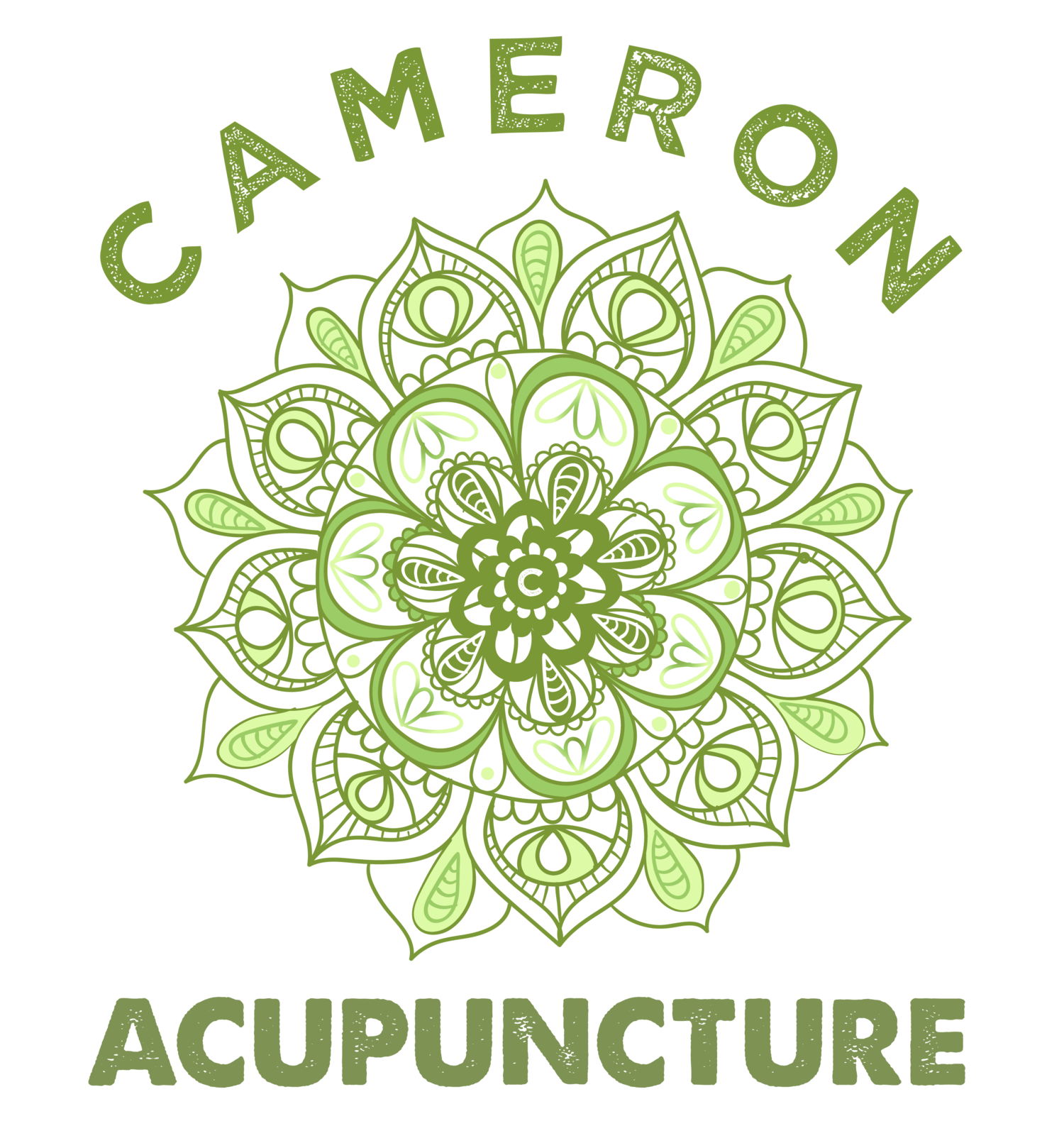Cupping
What is cupping therapy?
Cupping therapy is commonly used in conjunction with acupuncture to provide pain relief, reduce inflammation in the body, improving blood circulation and overall well-being. It is often compared to deep tissue massage. This therapy also helps to re-hydrate the fascia, reduce muscular knots and breaks up stagnation and congestion by drawing oxygenated blood to the surface. Similar to acupuncture, cupping therapy works deep into the muscles, to relieve tension in the body and releases toxins. It also can help form new connective tissues and create new blood vessels in the tissue.
How does it work?
Cupping uses a cup to pull an area of the skin into a suction that decompresses muscles and connective tissue. This generates new blood flow in the compressed area and promotes circulation and helps to increase the body’s own healing processes. With this technique, it is very similar to deep tissue massage and provides the same benefits for a short period of time. There is several types of cups ranging from silicone, plastic and glass cupping.
What does it treat?
Sports Injuries
Neck/Shoulder Pain
Digestive Issues
Whiplash
Facial Paralysis
Headaches
What are the side effects?
Side effects are typically mild and include bruising and irritation of the treated areas. In rare cases, you may feel lightheaded or nauseous shortly after your session. The bruises depending on the color which ranges from pink to dark purple, it can lasts between 5-14 days. The darker the spots are, the more toxic material released. Patients are advised to drink plenty of water and/or electrolytes to re-hydrate the body, avoid hot showers (lukewarm is preferred) and to cover the area of cupping to avoid direct cold onto the skin. With the cold blowing onto the open pores of the cupping area, patients may begin to feel “flu-like” symptoms of chills.




